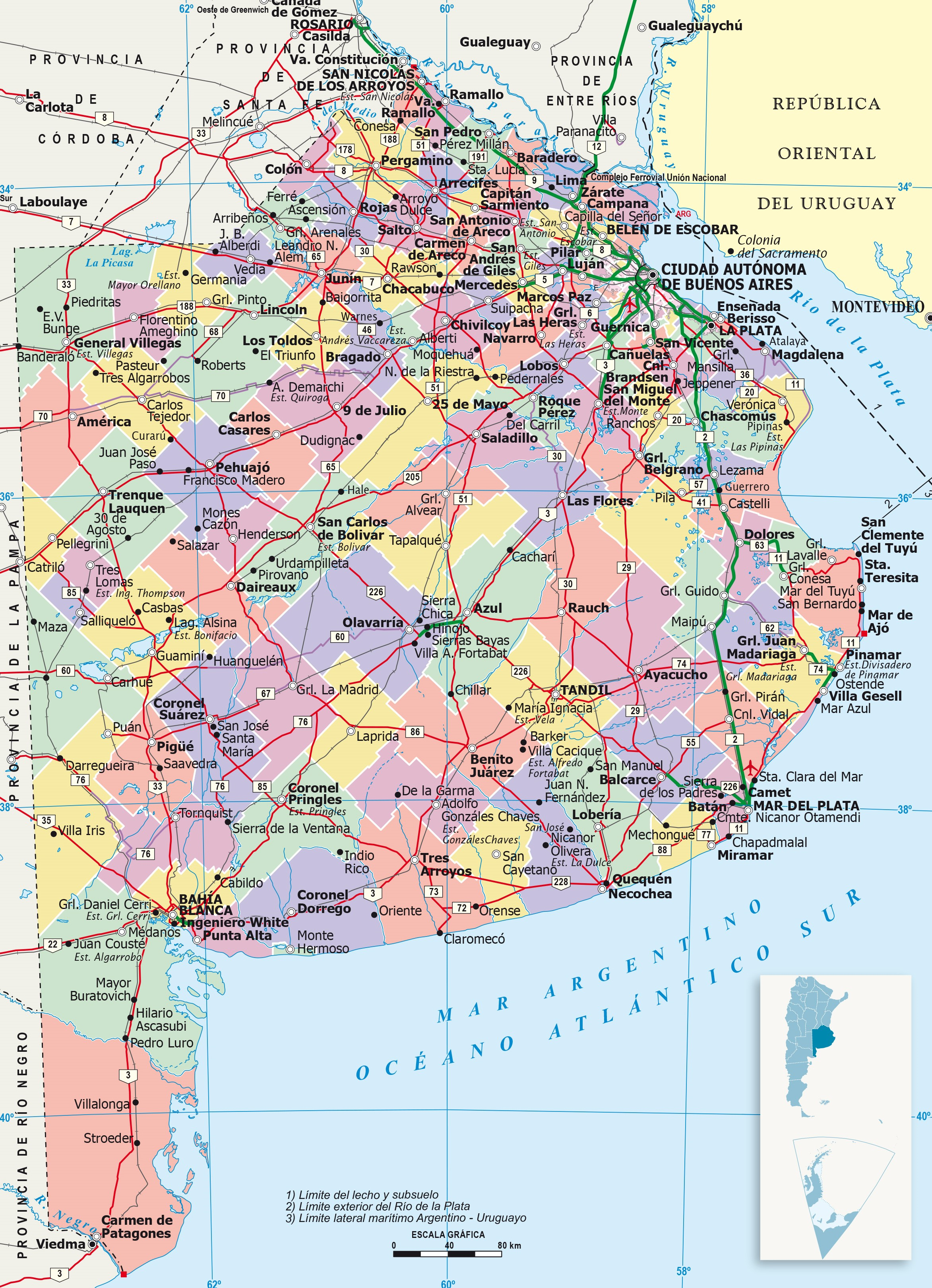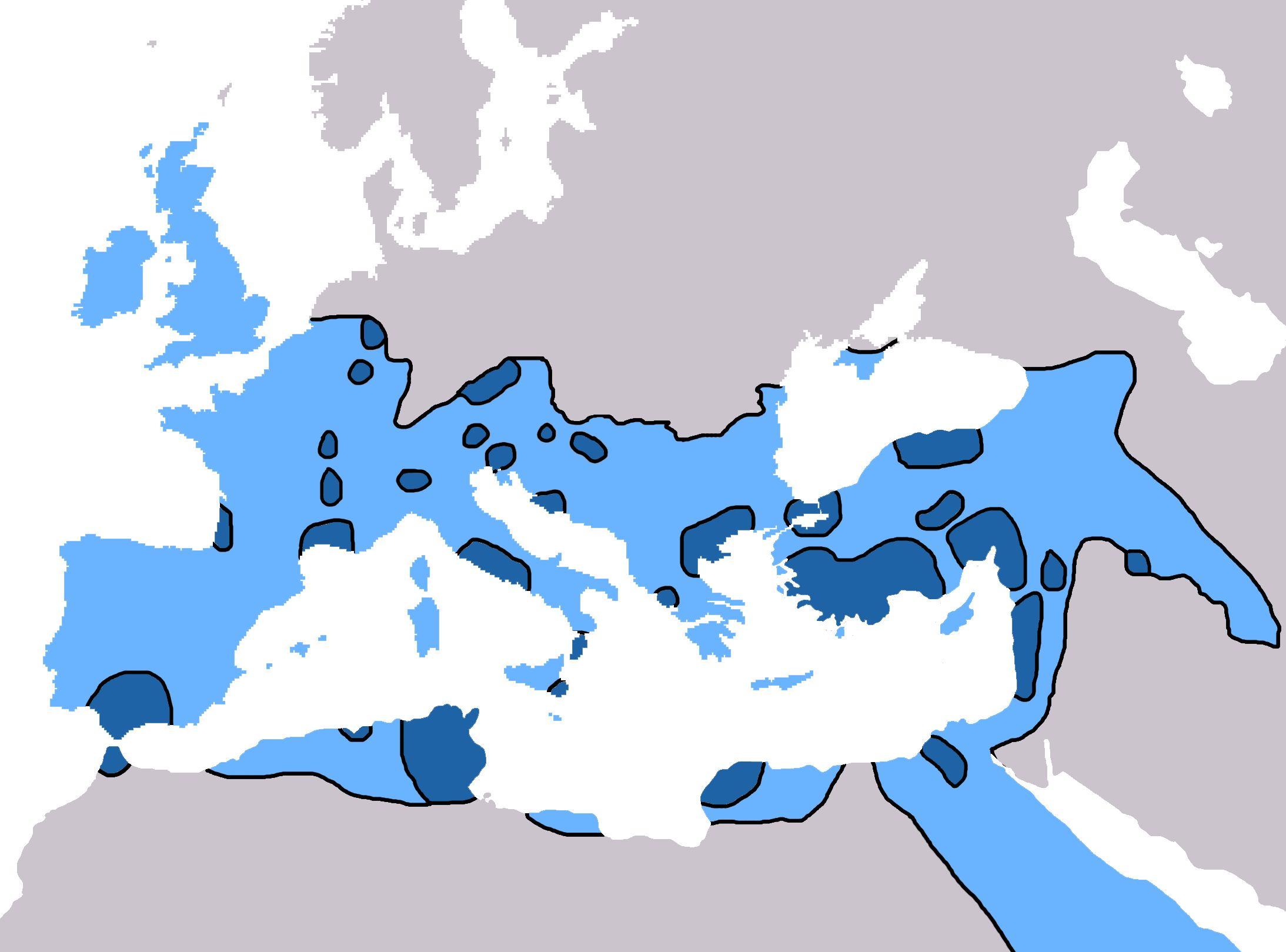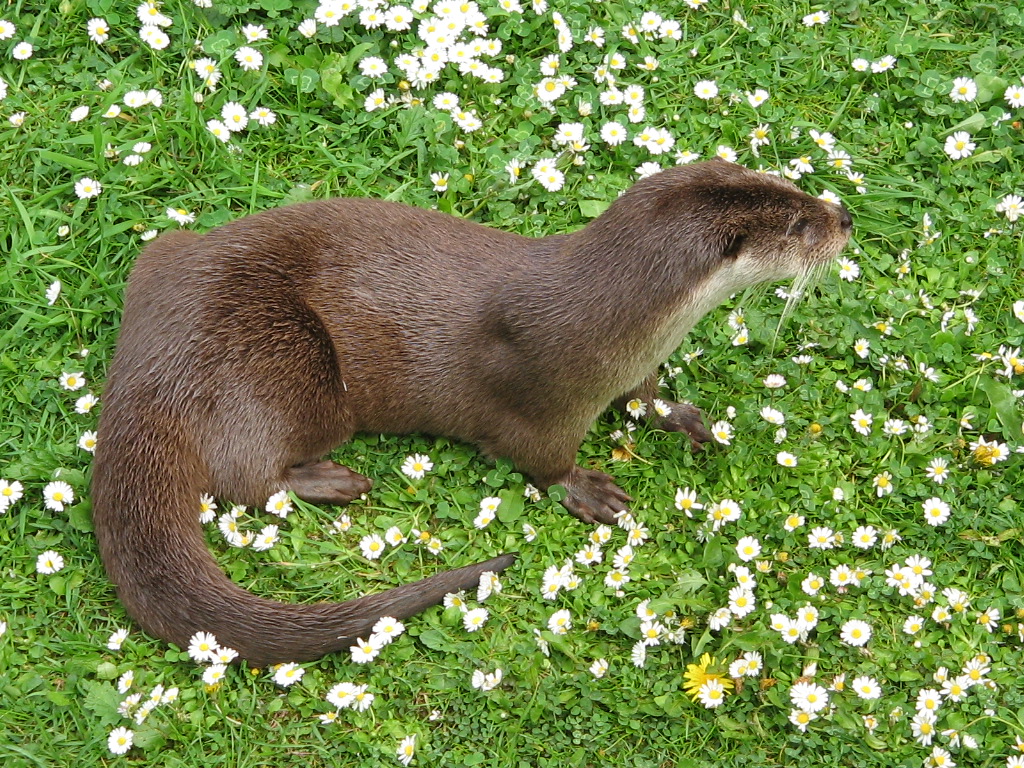|
Lobos
Lobos is the headquarters city of the Lobos Partido in Buenos Aires Province, Argentina. It was founded on 2 June 1802 by José Salgado. Background Located from Buenos Aires, Lobos is a fertile agricultural area known mainly because of the dairy activity and dairy-related products. Lobos Administrative Area is bordered by Navarro to the northwest; General Las Heras to the north; Cañuelas to the northeast; San Miguel del Monte to the east; Roque Pérez to the south and 25 de Mayo to the west. The administrative area is as web divided into seven quarters: Arévalo, Buenos Airesa Province, Arévalo, Carboni, Buenos Aires Province, Carboni, Elvira (quarter), Elvira, Empalme Lobos, Las Chacras, Salvador María and Zapiola. ''Lobos Administrative Area and its divisions'' Besides the rural importance, Lobos is considered a tourist center within the Province of Buenos Aires, Laguna de Lobos, Lobos Lagoon being the most important feature. The lagoon is located some . from the city ... [...More Info...] [...Related Items...] OR: [Wikipedia] [Google] [Baidu] |
Lobos Partido
Lobos Partido is a partidos of Buenos Aires, partido of Buenos Aires Province in Argentina. The provincial subdivision has a population of about 33,000 inhabitants in an area of , and its capital city is Lobos, from Buenos Aires. Attractions *Lobos Aeroclub *Lobos Museum of Natural Science *Birthplace of Juan Perón, Juan Domingo Perón Districts *Antonio Carboni: from Lobos *Elvira, Buenos Aires, Elvira: from Lobos *José Santos Arévalo *Lobos (district capital) *Empalme Lobos *Las Chacras *Salvador María: from Lobos *Zapiola: from Lobos References External links * 1864 establishments in Argentina Partidos of Buenos Aires Province Lobos, Partido {{BuenosAiresAR-geo-stub ... [...More Info...] [...Related Items...] OR: [Wikipedia] [Google] [Baidu] |
Partidos Of Buenos Aires
A ''partido'' is the administrative division, second-level administrative subdivision only in the . They are formally considered to be a single administrative unit, usually contain one or more population centers (i.e., towns and cities), and are divided into ''localidades''. The subdivision in partidos in Buenos Aires Province is distinct from all other provinces of Argentina, which call their second-level subdivisions ''departments of Argentina, departamento'' and are further subdivided into distinct Municipalities of Argentina, municipalities. History By the end of 18th century the town council (cabildo (council), cabildo) of Buenos Aires established the first partidos in the countryside: San Isidro del Pago de la Costa (San Isidro Partido, San Isidro) in 1779 and San Vicente Partido, San Vicente, Quilmes Partido, Quilmes, Magdalena Partido, Magdalena, La Matanza Partido, La Matanza, Cañada de Morón (Morón Partido, Morón), Las Conchas (Tigre Partido, Tigre) and San Pedro ... [...More Info...] [...Related Items...] OR: [Wikipedia] [Google] [Baidu] |
Juan Moreira
Juan Moreira (1819 - April 1874) is a well-known figure in the history of Argentina. An outlaw, gaucho and folk-hero, he is considered one of the most renowned Argentinian rural bandits. Early life Moreira was born in the administrative area of La Matanza Partido, La Matanza, in the Province of Buenos Aires, Argentina. The first thirty years of his life were relatively uneventful, working in rural areas until he could buy his own ranch, some cattle, and land for farming. One characteristic that set him apart from others was that he rarely drank. Moreira devoted his free time to perfecting his skill on the guitar, which attracted the attention of Vicenta, the daughter of a local rancher. She fell in love with Moreira and eventually married him, with the full consent of her father. Shortly after Moreira married Vicenta, his troubles began. The Deputy Mayor of the area, known as Don Francisco, had also fallen in love with La Vicenta, so as a form of vengeance he began charging Moreir ... [...More Info...] [...Related Items...] OR: [Wikipedia] [Google] [Baidu] |
Laguna De Lobos
{{BuenosAiresAR-geo-stub ...
Laguna de Lobos is a lake located near Lobos, Buenos Aires Province in Argentina. In its shallow waters there are many pejerrey fish. Many tourists visit it, especially during the summer. Lobos Lobos is the headquarters city of the Lobos Partido in Buenos Aires Province, Argentina. It was founded on 2 June 1802 by José Salgado. Background Located from Buenos Aires, Lobos is a fertile agricultural area known mainly because of the d ... [...More Info...] [...Related Items...] OR: [Wikipedia] [Google] [Baidu] |
List Of Cities In Argentina
This is a list of city, cities in Argentina. List of Argentine cities Over 150,000 inhabitants 45,000 to 150,000 inhabitants This is a list of the localities of Argentina of 45,000 to 150,000 inhabitants ordered by amount of population according to the data of the 2001 INDEC Census. * San Nicolás de los Arroyos (Buenos Aires) 133,602 * San Rafael, Mendoza, San Rafael (Mendoza) 104,782 * Rafael Castillo, Buenos Aires, Rafael Castillo (Buenos Aires) 103,992 * Trelew (Chubut) 103,305 * Santa Rosa, La Pampa, Santa Rosa (La Pampa) 101,987 * Tandil (Buenos Aires) 101,010 * Villa Mercedes, San Luis, Villa Mercedes (San Luis) 97,000 * Puerto Madryn (Chubut) 93,995 * Morón (Buenos Aires) 92,725 * Virrey del Pino (Buenos Aires) 90,382 * Caseros, Buenos Aires, Caseros (Buenos Aires) 90,313 * San Carlos de Bariloche (Río Negro) 90,000 * Maipú, Mendoza, Maipú (Mendoza) 89,433 * Zárate, Buenos Aires Province, Zárate (Buenos Aires) 86,686 * Burzaco (Buenos Aires) 86,113 ... [...More Info...] [...Related Items...] OR: [Wikipedia] [Google] [Baidu] |
La Plata
La Plata () is the capital city of Buenos Aires province, Argentina. According to the 2022 Argentina census, census, the La Plata Partido, Partido has a population of 772,618 and its metropolitan area, the Greater La Plata, has 938,287 inhabitants. It is located 9 kilometers (6 miles) inland from the southern shore of the estuary. La Plata was planned and developed to serve as the provincial capital after the city of Buenos Aires was Federalization of Buenos Aires, federalized in 1880. It was officially founded by Governor Dardo Rocha on 19 November 1882. Its construction is fully documented in photographs by Tomás Bradley Sutton. La Plata was briefly known as ''Ciudad Eva Perón'' (Eva Perón City) between 1952 and 1955. History and description After La Plata was designated the provincial capital, Rocha was placed in charge of creating the city. He hired urban planner Pedro Benoit, who designed a city layout based on a rationalism, rationalist urban planning, conception ... [...More Info...] [...Related Items...] OR: [Wikipedia] [Google] [Baidu] |
Juan Domingo Perón
''Juan'' is a given name, the Spanish and Manx versions of '' John''. The name is of Hebrew origin and has the meaning "God has been gracious." It is very common in Spain and in other Spanish-speaking countries around the world and in the Philippines, and also in the Isle of Man (pronounced differently). The name is becoming popular around the world and can be pronounced differently according that region. In Spanish, the diminutive form (equivalent to ''Johnny'') is , with feminine form (comparable to ''Jane'', ''Joan'', or ''Joanna'') , and feminine diminutive (equivalent to ''Janet'', ''Janey'', ''Joanie'', etc.). Chinese terms * ( or 娟, 隽) 'beautiful, graceful' is a common given name for Chinese women. * () The Chinese character 卷, which in Mandarin is almost homophonic with the characters for the female name, is a division of a traditional Chinese manuscript or book and can be translated as 'fascicle', 'scroll', 'chapter', or 'volume'. Notable people * Juan ... [...More Info...] [...Related Items...] OR: [Wikipedia] [Google] [Baidu] |
Province Of Buenos Aires
Buenos Aires, officially the Buenos Aires Province, is the largest and most populous Provinces of Argentina, Argentine province. It takes its name from the city of Buenos Aires, the capital of the country, which used to be part of the province and the province's capital until it was Federalization of Buenos Aires, federalized in 1880. Since then, in spite of bearing the same name, the province does not include Buenos Aires city, though it does include all other parts of the Greater Buenos Aires metropolitan area. The capital of the province is the city of La Plata, founded in 1882. It is bordered by the provinces of Entre Ríos Province, Entre Ríos to the northeast, Santa Fe Province, Santa Fe to the north, Córdoba Province, Argentina, Córdoba to the northwest, La Pampa Province, La Pampa to the west, Río Negro Province, Río Negro to the south and west and the Autonomous City of Buenos Aires to the northeast. Uruguay is just across the Rio de la Plata to the northeast, and bo ... [...More Info...] [...Related Items...] OR: [Wikipedia] [Google] [Baidu] |
Christian Church
In ecclesiology, the Christian Church is what different Christian denominations conceive of as being the true body of Christians or the original institution established by Jesus Christ. "Christian Church" has also been used in academia as a synonym for Christianity, despite the fact that it is composed of multiple churches or denominations, many of which hold a doctrinal claim of being the one true church to the exclusion of the others. For many Protestantism, Protestant Christians, the Christian Church has two components: the church visible, institutions in which "the Bible, Word of God purely preached and listened to, and the sacraments administered according to Christ's institution", as well as the church invisible—all "who are truly Salvation in Christianity, saved" (with these beings members of the visible church). In this understanding of the invisible church, "Christian Church" (or Catholic (term), catholic Church) does not refer to a particular Christian denomination, ... [...More Info...] [...Related Items...] OR: [Wikipedia] [Google] [Baidu] |
Viceroy
A viceroy () is an official who reigns over a polity in the name of and as the representative of the monarch of the territory. The term derives from the Latin prefix ''vice-'', meaning "in the place of" and the Anglo-Norman ''roy'' (Old French ''roi'', ''roy''), meaning "king". This denotes the position as one who acts on behalf of a king or monarch. A viceroy's territory may be called a viceroyalty, though this term is not always applied. The adjective form is ''viceregal'', less often ''viceroyal''. The term ''vicereine'' is sometimes used to indicate a female viceroy '' suo jure'', although ''viceroy'' can serve as a gender-neutral term. Vicereine is more commonly used to indicate a viceroy's wife, known as the ''viceregal consort''. The term has occasionally been applied to the governors-general of the Commonwealth realms, who are ''viceregal'' representatives of the monarch. The position of a viceroy is by royal appointment rather than a noble rank. An individual vicer ... [...More Info...] [...Related Items...] OR: [Wikipedia] [Google] [Baidu] |
Wolf
The wolf (''Canis lupus''; : wolves), also known as the grey wolf or gray wolf, is a Canis, canine native to Eurasia and North America. More than thirty subspecies of Canis lupus, subspecies of ''Canis lupus'' have been recognized, including the dog and dingo, though grey wolves, as popularly understood, only comprise Wild type, naturally-occurring wild subspecies. The wolf is the largest wild Neontology, extant member of the family Canidae, and is further distinguished from other ''Canis'' species by its less pointed ears and muzzle, as well as a shorter torso and a longer tail. The wolf is nonetheless related closely enough to smaller ''Canis'' species, such as the coyote and the golden jackal, to produce fertile Canid hybrid, hybrids with them. The wolf's fur is usually mottled white, brown, grey, and black, although subspecies in the arctic region may be nearly all white. Of all members of the genus ''Canis'', the wolf is most Generalist and specialist species, specializ ... [...More Info...] [...Related Items...] OR: [Wikipedia] [Google] [Baidu] |
Otter
Otters are carnivorous mammals in the subfamily Lutrinae. The 13 extant otter species are all semiaquatic, aquatic, or marine. Lutrinae is a branch of the Mustelidae family, which includes weasels, badgers, mink, and wolverines, among other animals. Otters' habitats include dens known as holts or couches, with their social structure described by terms such as dogs or boars for males, bitches or sows for females, and pups or cubs for offspring. Groups of otters can be referred to as a bevy, family, lodge, romp, or raft when in water, indicating their social and playful characteristics. Otters are known for their distinct feces, termed spraints, which can vary in smell from freshly mown hay to putrefied fish. Otters exhibit a varied life cycle with a gestation period of about 60–86 days, and offspring typically stay with their family for a year. They can live up to 16 years, with their diet mainly consisting of fish and sometimes frogs, birds, or shellfish, depending ... [...More Info...] [...Related Items...] OR: [Wikipedia] [Google] [Baidu] |









